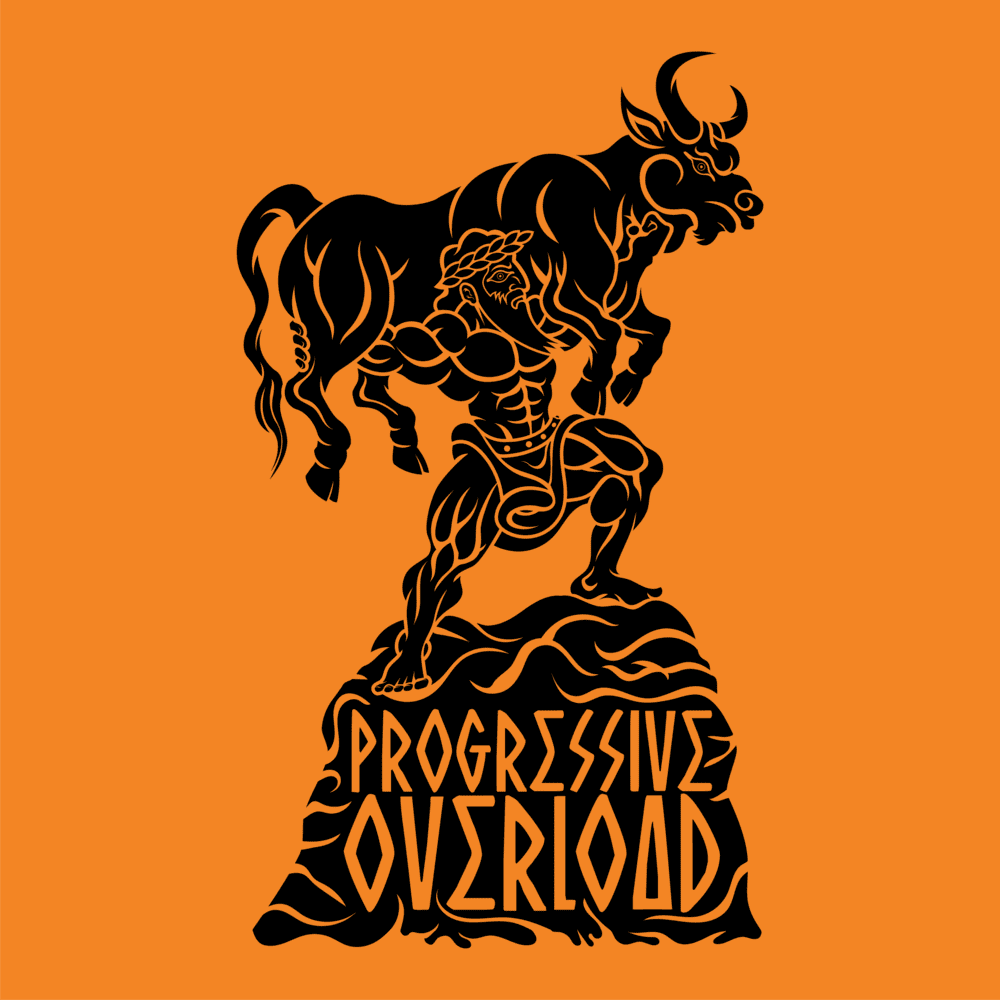
We all want to build muscle quicker. Given the option, no trainee would pick a slow approach if they can achieve the same results in less time.
The question is, how can we do that?
While our physiology limits our ability to build muscle, there are certain techniques we can use to accelerate our muscle-building efforts and reach our goals quicker.
Let’s explore.
1. Clean Up Your Technique
Learning how to do the common gym exercises is a relatively straightforward process, and most trainees need just a few months to get good at movements like:
- Squats
- Bench press
- Deadlift
- Overhead press
- Rows
- Bicep curls
- Tricep extensions
The problem is, we tend to get comfortable with our training after a while and stop paying attention to our form. Instead, we go through the motions, often doing exercises suboptimally.
Cleaning up your technique is the most practical way to get more out of each repetition, disrupt your muscles more, and build more muscle. Doing so means:
- Train with a full range of motion
- Lift weights smoothly and avoid body swinging, momentum, or jerking
- Maintain a consistent tempo from start to finish
- Focus on lifting and lowering the weight
2. Pace Yourself During Each Workout
The idea of resting little during our workouts is old and mostly inaccurate, but plenty of people still live by it. But aside from causing more fatigue, rushing through your workouts doesn’t offer much benefit for muscle gain. In fact, doing so prevents you from accumulating as much training volume, reducing the effectiveness of your workouts.
A good muscle-building program is one where you pace yourself, giving your muscles enough time to recover before each new set. In doing so, you can do more work, cause more significant disruptions, and build more muscle in the long run (1, 2).
Here are a few simple recommendations, depending on the number of reps you do per set:
- 2-6 reps – 3 to 5 minutes
- 6 to 10 reps – 2 to 3 minutes
- 10 to 15 reps – 1.5 to 2 minutes
- 15 to 25 reps – 1 to 2 minutes
3. Make Steady Improvements
Progressive overload is a training principle that states:
“For us to gain strength, build muscle, or improve any other characteristic, we must subject our body to increasingly greater stressors.”
In other words, we should make steady performance improvements as time passes.
Your body doesn’t care about your fitness aspirations. It only cares about keeping you alive and well. To do that, your body has developed mechanisms that allow it to adapt to external stressors, making it easier for you to handle them. Exercise is one stressor, which your body adjusts to, depending on the modality. For example, if you lift heavy weights, you build muscle. If you run long distances, you become more endurant.
The key to growing muscle is to keep your body in a state of adapting to increasingly greater stressors, which means doing more challenging training. Of course, improvements are rarely linear, and you will deal with occasional plateaus. But getting better over time is a great way to ensure you’re training for optimal growth.
Good ways to spot and force improvements include:
- Lifting more weight
- Doing more reps
- Doing more sets
- Completing a workout in less time
- Lifting the same weight but with better technique































